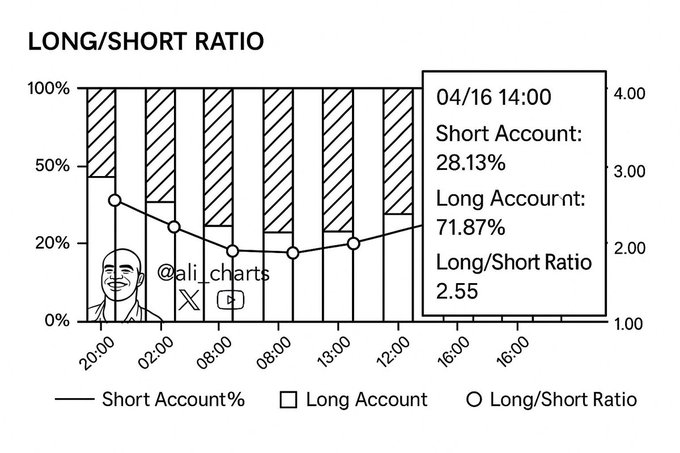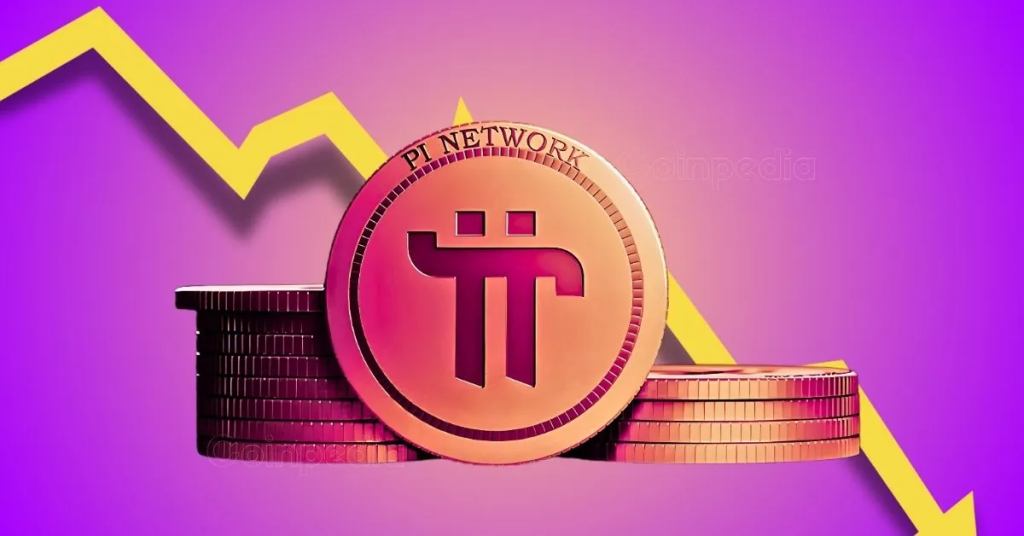
The post Panama City to Adopt Bitcoin Reserve Like El Salvador— Hints Mayor Mizrachi appeared first on Coinpedia Fintech News
Panama City could be on track to become Central America’s next Bitcoin hotspot after Mayor Mayer Mizrachi teased the creation of a city-level Bitcoin reserve. His cryptic hint came right after a high-profile meeting with El Salvador’s leading crypto strategists.
A Cryptic Clue Sparks Excitement
Mayor Mizrachi posted the words “Bitcoin Reserve” on X shortly after meeting with El Salvador’s Bitcoin policy leaders, Max Keiser and Stacy Herbert. The post, just 11 days ahead of his scheduled speech at Bitcoin 2025 in Las Vegas, has stirred speculation across the crypto community.
While no official details have been disclosed, the timing and tone hint at major developments—perhaps even Panama City mirroring El Salvador’s national Bitcoin reserve, which now holds 6,179 BTC worth nearly $640 million.
Crypto Payments Pave the Way
Panama City is already moving toward crypto adoption. A recently approved measure may soon allow Bitcoin, Ethereum, Tether (USDT), and USDC to be used for public payments—including taxes and municipal fees—pending the implementation of crypto-to-fiat conversion systems.
Although establishing a city-level reserve is possible, a federal-level Bitcoin reserve would require legislation by the National Assembly, which Mizrachi has not yet formally initiated.
Sustainable Bitcoin Mining & Crypto Education Ahead
As per Max Keiser’s post, they discussed using Panama’s hydroelectric energy for sustainable Bitcoin mining—similar to how El Salvador leverages geothermal power. This could help Panama position itself as a green crypto-mining hub.
In a notable educational initiative, Herbert confirmed that Panama City will adopt El Salvador’s “What is Money?” financial literacy textbook in its online library—marking a deeper collaboration between the two nations.
Conclusion
Mayor Mizrachi appears bullish on the idea of a Bitcoin reserve, but more clarity is expected once he consults with national lawmakers. With El Salvador recently facing IMF tensions over its Bitcoin policy, Panama may tread cautiously.However, with the Bitcoin 2025 Conference just around the corner and Mizrachi set to speak, the crypto world is watching closely
Never Miss a Beat in the Crypto World!
Stay ahead with breaking news, expert analysis, and real-time updates on the latest trends in Bitcoin, altcoins, DeFi, NFTs, and more.




 Source:
Source: 




